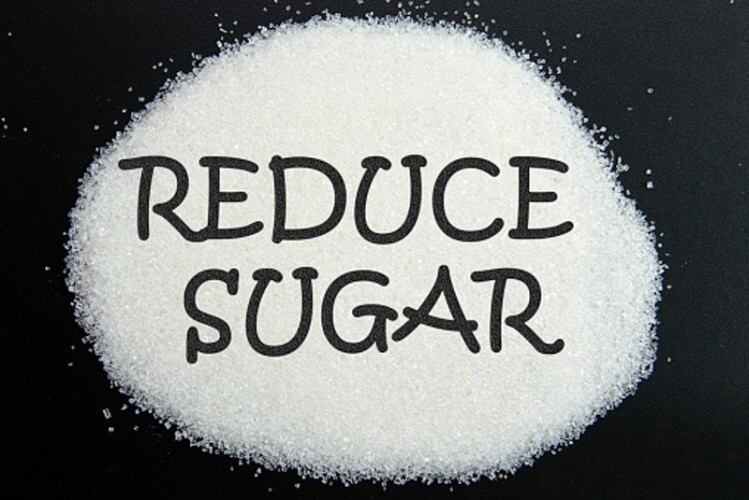Swiftlet, which was acquired by Vietnamese conglomerate Senix last year, is expanding beyond its initial focus on a direct sugar replacement to the development of food and beverage products such as snacks and beverages.
According to Swiftlet R&D Lead Minh Le, this is because the firm’s research has shown that many consumers in the Asian market still see sugar replacement or reduction as a more premium endeavour, and it wishes to break beyond this concept.
“In APAC and particularly South East Asia, we’re still seeing that sugar reduction is viewed as an premium or A Plus sort of application, so we had to release our products into the premium product category in order to target the right audience here,” Le told FoodNavigator-Asia.
“And even then we found ourselves having to make large investments in marketing to [get through to] consumers here, as many are aware of the sugar-related issues but not so much of the available solutions and how they can work – this is in the premium market, so there is even more work needed when it comes to mainstream.
“This is different from a mature market like Europe where sugar replacement has been around for quite some time, so introducing the concept there was not new and not a big issue.”
Swiftlet recently expanded the markets for its sugar replacement product beyond Asia into Europe based on this concept, and was able to enter the retail channel almost immediately.
“We were able to penetrate the retail channel at a much more significant scale at a much faster rate such as supermarkets, which has been something of a challenge for us here in APAC but not so in Europe,” he said.
“So the awareness is definitely different and there is also the pricing acceptance – Asian markets especially emerging markets like Philippines or Vietnam definitely still need a bit of convincing, and on our part we also know that it is important to work towards a pricing that is acceptable.
“As such, we now have a couple of projects in the pipeline that can deliver the product via more innovative modes such as snacks – our R&D team has been very aggressively developing these healthy snacks, fortified snacks not only using the sugar replacement but also with healthy, exotic ingredients from Asia.”
He added that the important thing when it comes to gaining acceptance and pushing consumers towards healthier options is to help them form the right habits, and snacking is a crucial part of this given the rise of the snacking culture in the region.
“We think that by creating products consumers can eat every day means making this into a daily habit, a natural unconscious habit,” he said.
“This is much more preferable than making things inconvenient or making it a forced habit, like taking medication – that’s not the way to gaining acceptance.”
Mental energy focus
One of the main areas Swiftlet is focusing on for the development of its ready-to-eat products is in terms of energy.
“The area of energy provision is very interesting to us particularly in this post-pandemic era,” Le said.
“Beyond looking at just health, many consumers today are complaining of a lack of energy, and by this I mean not just physical but also mental energy, as many people have experienced a huge toll on mental energy and mental health after the pandemic.
“So there’s a space we know we can tap on there, as this is always a prevalent issue, not just amongst the adults but also teens and younger consumers, so we want to create products that address this yet also remains convenient and accessible to consumers.”


